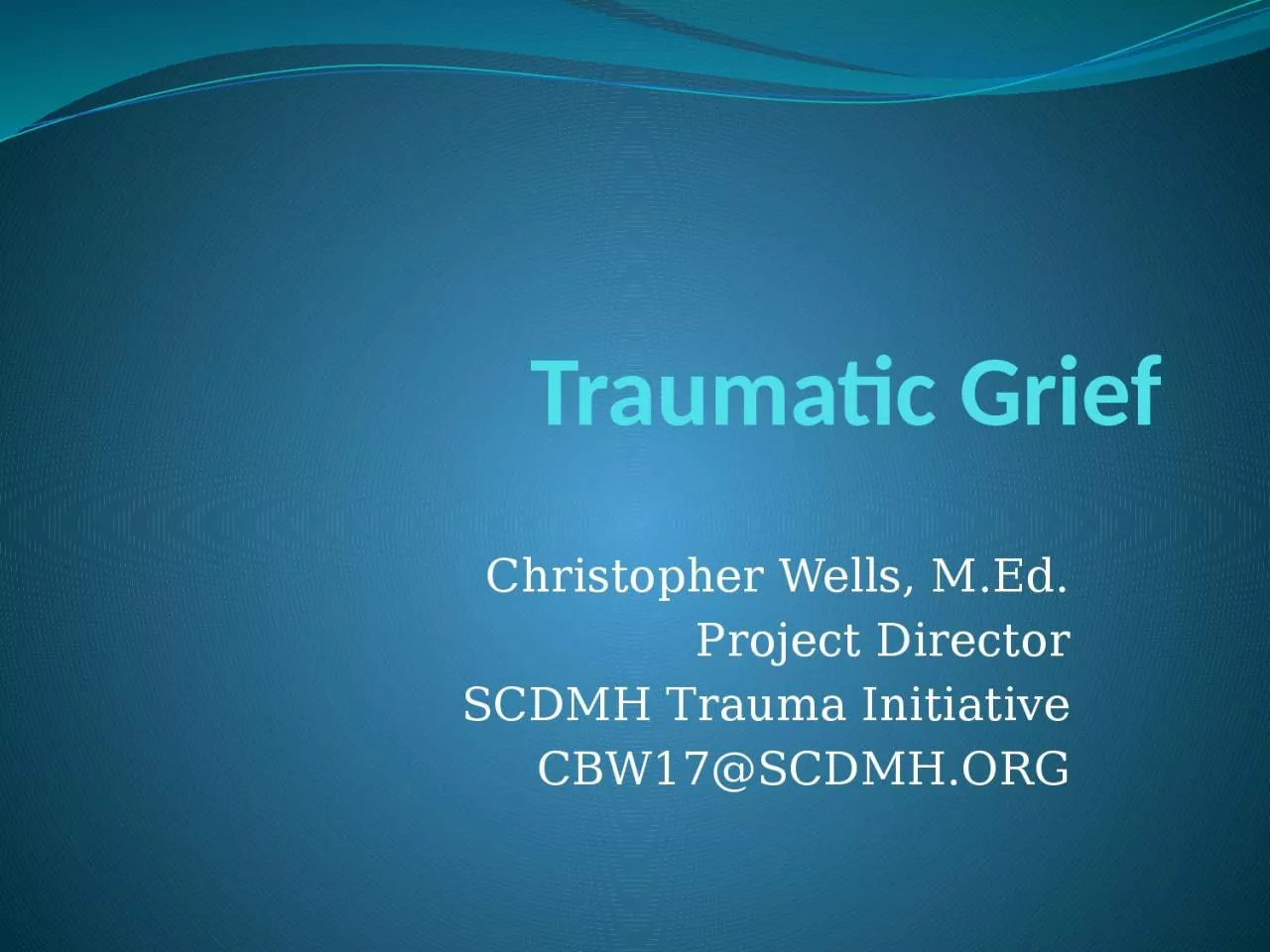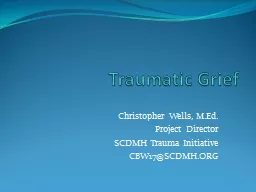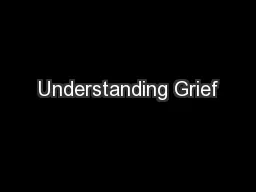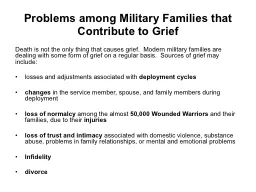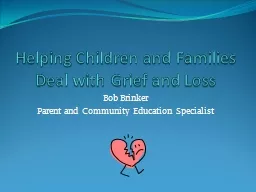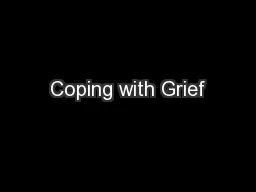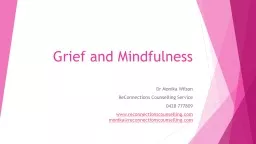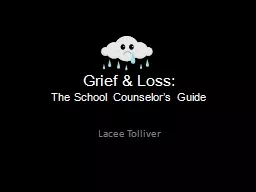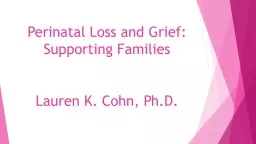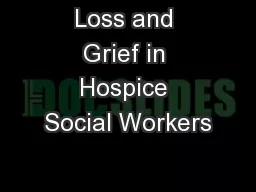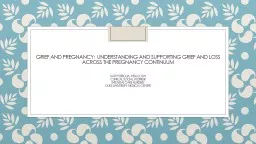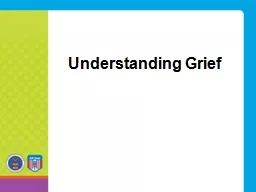PPT-Traumatic Grief Christopher Wells, M.Ed.
Author : lam | Published Date : 2023-05-20
Project Director SCDMH Trauma Initiative CBW17SCDMHORG Objectives Create a sense of curiosity regarding the burgeoning field of traumatic grief Identify the commonalities
Presentation Embed Code
Download Presentation
Download Presentation The PPT/PDF document "Traumatic Grief Christopher Wells, M.Ed." is the property of its rightful owner. Permission is granted to download and print the materials on this website for personal, non-commercial use only, and to display it on your personal computer provided you do not modify the materials and that you retain all copyright notices contained in the materials. By downloading content from our website, you accept the terms of this agreement.
Traumatic Grief Christopher Wells, M.Ed.: Transcript
Download Rules Of Document
"Traumatic Grief Christopher Wells, M.Ed."The content belongs to its owner. You may download and print it for personal use, without modification, and keep all copyright notices. By downloading, you agree to these terms.
Related Documents

